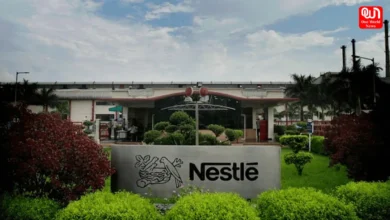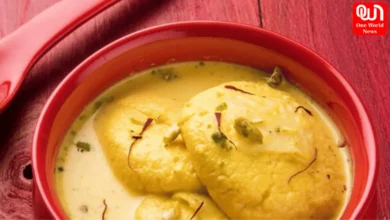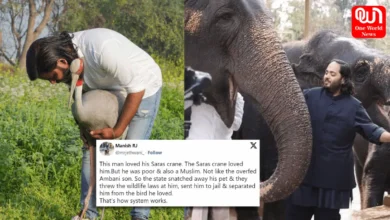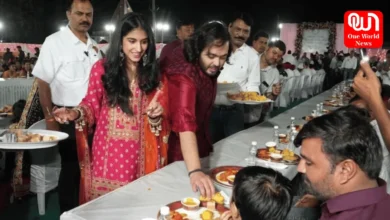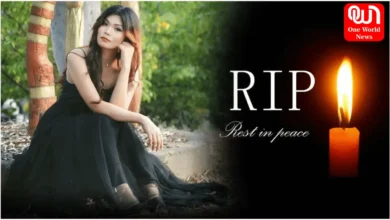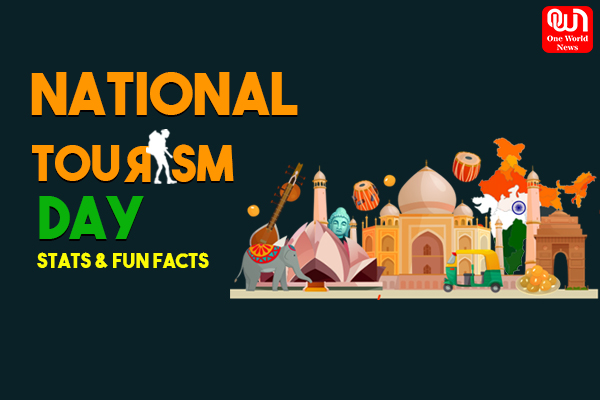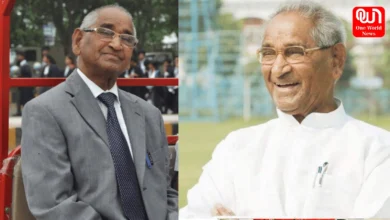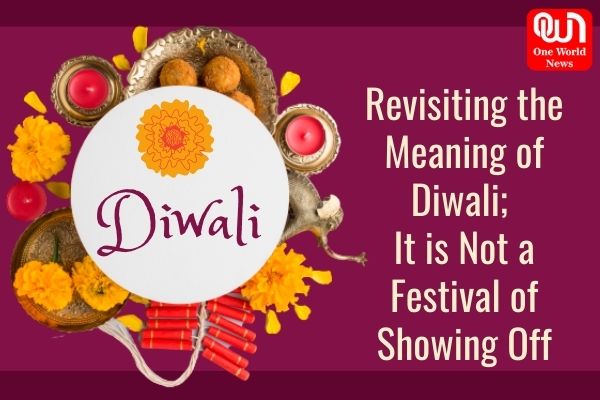
Why do we celebrate Diwali? How over the years, we have changed the actual meaning of Diwali Festival
Gone were the days when the elders used to say, “Holi – Diwali sabse Milna-Julna Hota hai” (On Holi-Diwali, they get to meet their people) or “Holi – Diwali Bado se mil kr ashirwad Lena chaiye” (On Holi – Diwali, people should meet and seek blessings and best wishes from each other). Well, why are we saying so? Don’t people still meet their friends and relatives to greet Diwali? Well, let’s see how the Diwali days look like.
If we look at the festival, it is not just the day of Diwali but is a week-long festival, and the festivity atmosphere starts to build right after the Karva Chauth itself. The five-day-long festival includes Dhanteras, Choti Diwali, Diwali, Bhai Dooj and Govardhan Puja. For the festival days, people generally buy new clothes, diyas and other puja-related materials, sweets, and gifts for friends and family, and some don’t forget to purchase firecrackers. The customs include decorating the houses, making rangoli, doing pujas, and going to each other’s homes with gifts and sweets to seek Diwali Blessings, Right?
Well, we wonder how important it has been to seek Diwali blessings. During the last few years of Diwali, we have observed that the main idea behind visiting friends’ and family’s places is to give gifts. When people go out to buy Diwali gifts, they often prefer to buy various gifts at different prices. Now, these gifts are supposed to be distributed among not just friends and family but associates, employees and other workers too. Well, we will come to that later. Let’s first stick to family and friends.
During the Diwali days, precisely, one or two family members leave their houses with a handful of gifts they prefer to deliver (give) to their loved ones just because they are supposed to be shared. Now which relative/ friend gets what is mitigated by a few things-
– The social standard and class of the relative/ friend
– The gifts received for that relative/ friend, the previous Diwali
– The kind of hospitality they receive
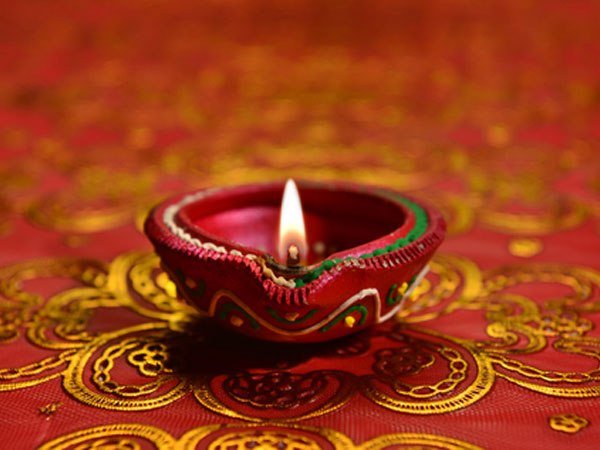
What happens on their visit?
Generally, as many gifts are to be distributed, people don’t prefer to spend much time at one relative’s place. The relatives often serve with a tray filled with dry fruits specially plated for the guests who visit on Diwali. And while bidding goodbye, the relatives often give a gift as a token of love.
This is the case for relatives; if we come to employees and other staff members, their gifts are often decided by their class and work position. Just like the typical mentality of humans of judging the person by their work, here also, the gifting on Diwali is deeply associated with the designation the worker holds. A maid and a housekeeper are likely to get a sweet box of regular sweets, while a worker on the executive level will get something at least more expensive than this.
Diwali is festival of Light, But Here is the dark reality behind it
We would not have had a problem with this if the festival’s spirit hadn’t been tarnished by this gift exchange ritual and class-based distribution. The tradition of fireworks is the second thing that disappoints us, which will come later.
The festival of Diwali is celebrated to mark the “victory of light over darkness, good over evil, and knowledge over ignorance”. It is the day which is believed as the day on which Lord Ram returned to Ayodhya after 14 years of vanvas. Diwali is the celebration of the same. Where the goddess of prosperity, Laxmi, is worshipped, the houses are decorated with rangoli and diyas to aloud the victory of “the light”, “the good”, and “the knowledge” over every evil. It is a festival of celebration and togetherness, where people are to spread positivity and prosperity.
We have been celebrating this festival and have continued the tradition of visiting friends and relatives for years. But what has changed is the intent behind the Ritual. Earlier, the meeting was for togetherness, gifts, and a symbol of love; now, they have become a formality and tradition of showing off their socioeconomic status.
The Ritual of fireworks: Was that even a ritual in the traditional celebration?
And this socioeconomic status isn’t restricted to gift distribution; it is even judged by the amount and the intensity of the fireworks used by people in their celebration. Some people love flaunting the length of the garland crackers (ladis) or the power of their skyrockets.
The more crackers, the greater and happier Diwali is lavish. This is what the people believe. Well, we first wonder why people started associating crackers with the Diwali celebration because, traditionally, the festival has been about Diyas only. The firecrackers were invented in China several years after Lord Ram returned to Ayodhya. It is the idea of associating celebration with the term “Atishbazi”, which literally means burning crackers in celebration.
Conclusion
Well, we wonder if this was why the Ayodhya-vasis celebrated Rama’s victory over evils, ills, ignorance, and darkness. With the revamping of Diwali meetings to gift distribution, the scud idea of the class divide, discrimination and show-off gets enforced. And with the celebration of burning firecrackers, we are giving way to pollution and creating trouble for the future generation. Honestly, this was not the kind of celebration Ayodhya-vasi did, not something that lord Ram wanted and definitely not promoting the purpose of Diwali.

